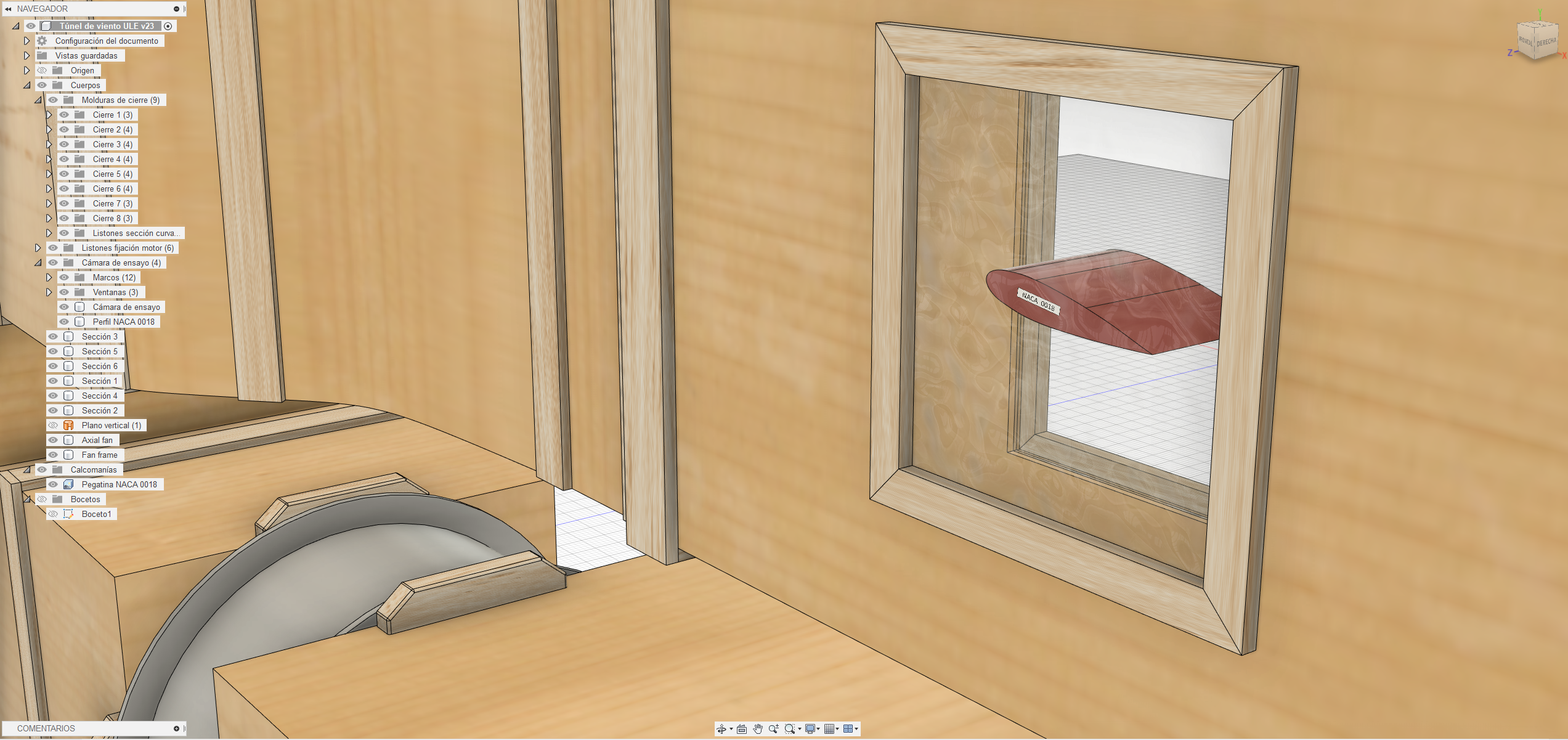The subject of Aerodynamics is part of the second year of the Bachelor's Degree in Aerospace Engineering at the University of León. It is a compulsory course worth 6 ECTS credits and is common to all specializations within the degree. It plays a key role in the technical training of students.
General Objectives
The main objective of this course is to provide students with a solid understanding of the physical principles governing the behavior of airflow around solid bodies, with a particular focus on their application to the design and analysis of aircraft. Through a theoretical and practical approach, students are expected to acquire the necessary skills to interpret, model, and solve problems related to lift, drag, and other relevant aerodynamic phenomena.
Course Content and Structure
The course is organized into four main thematic blocks:
-
Fundamentals of Fluid Mechanics
Introduction to the conservation equations of mass, momentum, and energy. Key concepts such as vorticity, the substantial derivative, and the Navier–Stokes equations are covered. -
Incompressible Potential Flow
Study of ideal flow solutions for two-dimensional airfoils and finite wings. Tools such as the potential function, conformal mapping, and thin airfoil theory are introduced. -
Compressible and Supersonic Flow
Analysis of shock waves, linearized theory for supersonic regimes, and the effects of compressibility on aerodynamic behavior. -
Real Aerodynamics
Introduction to viscous effects, boundary layer theory, laminar-to-turbulent transition, flow separation, and stall. The mechanisms of aerodynamic drag are also studied.
Teaching Methodology
The course is delivered using a combination of teaching methods:
- Lectures for the presentation of theoretical foundations.
- Practical sessions focused on problem-solving and applied exercises.
- Laboratory work, including wind tunnel experiments and numerical simulations using tools such as XFOIL and panel methods.
- Individual and group tutorials, aimed at resolving doubts and supporting autonomous learning.
The methodology aligns with the principles of the European Higher Education Area (EHEA), promoting active student participation and the development of transversal skills such as teamwork, analytical thinking, and technical communication.
Assessment
Student performance is assessed through:
- Written exams (theory and problems), accounting for 75% to 90% of the final grade.
- Reports and assignments based on laboratory work, contributing 10% to 25%.
- Continuous assessment through exercises, participation, and task submissions.
A midterm test is scheduled halfway through the semester, followed by a final exam at the end.
Relationship with Other Courses
Aerodynamics is a foundational subject within the degree program. Its content is essential for the successful completion of subsequent courses such as:
- Flight Mechanics
- Flight Systems
- Aeroelasticity
- Aircraft Design
- Computational Fluid Dynamics (at the master’s level)
It also provides a strong basis for research projects and final-year dissertations related to the design and analysis of aerospace vehicles.
Available Resources
The Aerospace Engineering Area is equipped with specialized laboratories, including:
- Wind tunnels for aerodynamic testing.
- Computer labs with simulation software.
- Facilities for rapid prototyping and experimental analysis.
These resources allow students to apply their knowledge in a practical and realistic environment.


 ES
ES  EN
EN